Instead of spending nearly an hour “climbing up and down” the 22km mountain pass, drivers on the North-South route now only need 10-15 minutes to “cross Hai Van Pass” on a tunnel section more than 12km long.
Hai Van Tunnel entrance from Da Nang city to Hue. (Photo: Tran Le Lam/VNA)
On November 7, 2003, drillers from the North and South ends of the Hai Van Tunnel on National Highway 1A officially met after many months of intensive work.
The tunnel was started on August 27, 2000 and inaugurated on June 5, 2005.
Instead of spending nearly an hour “climbing up and down” the 22km mountain pass without any problems, now, drivers on the North-South route only need 10-15 minutes to “cross Hai Van Pass” on the more than 12km long tunnel.
Hai Van Pass - "The most majestic pass in the world"
Hai Van Pass is the natural boundary between Da Nang city and Thua Thien- Hue province.
According to historical records, in 1470, King Le Thanh Tong personally led troops to attack Champa. When arriving at Hai Van Pass, impressed by the majestic landscape, the king was inspired to write a poem and called this place "The most majestic pass in the world."
In the early 19th century, after unifying the country, the Nguyen Dynasty chose Hue as the capital, and Hai Van became the gateway to the capital.
According to the book “Dai Nam Thuc Luc Chinh Bien,” under the reign of King Minh Mang, the road through the pass was built and paved with stone; especially in the year Binh Tuat 1826, a cluster of structures was built at the top of the pass to form a solid military fortress called Hai Van Quan.
After occupying Central Vietnam, the Commander-in-Chief of the French Army, General De Courcy, ordered the immediate opening of a strategic road through Hai Van Pass to connect Hue with Da Nang, and at the same time be able to quickly mobilize troops to pacify Quang Nam when needed.
The French Engineer Corps forced laborers from the two provinces to build roads from 1886.
From 1902-1906, the French colonialists built a railway line through Hai Van Pass, winding along the mountainside, through 6 tunnels and 18 bridges. That railway line still exists today.
Hai Van Road Tunnel - The longest and most modern road tunnel in Southeast Asia
The road through Hai Van Pass is nearly 21km long, bearing the marks of time and history, plus the complex terrain, so even though it has been upgraded, repaired, and expanded, this is still a dangerous road for drivers.
The winding, curving roads cling to the mountainside, the sharp turns that follow one after another can knock down any "careless" car.
The winding, majestic bend of Hai Van Pass. (Photo: Van Dung/VNA)
Especially during the rainy season, landslides often occur, causing many traffic accidents and serious damage to people and property.
To contribute to solving traffic safety issues as well as keeping up with the requirements of integration and economic development, the Party and State have determined to build a tunnel through the mountain.
Feasibility studies for the tunnel construction project were conducted in 1996, and in early 1998 the Prime Minister officially approved the construction investment with a total investment of more than 250 million USD from loans from the Japan Bank for International Cooperation (JBIC) and a counterpart fund from the State.
The entire Hai Van Tunnel project is 12.047km long, designed to be permanent, with a design speed of 80km/h. Of which, the main tunnel is 6,280m long, 10m wide for 2 lanes, and the height allowed for vehicles to pass is 7.5m; the emergency tunnel runs parallel to the main tunnel and has a similar length, 4.7m wide, connected by horizontal tunnels, which are escape routes for people and vehicles in case of an accident.
This is the longest and most modern road tunnel in Southeast Asia and one of the 30 longest tunnels in the world.
The Hai Van Pass Tunnel is a comprehensive traffic project including roads, tunnels, bridges and operating equipment passing through Thua Thien-Hue province in the North and Da Nang city in the South of the tunnel.
The tunnel is made in a circular shape to increase its load-bearing capacity and avoid stress concentration at the corners. According to statistics, on average, there are about 6,500 vehicles passing through Hai Van tunnel every day and night; during holidays and Tet, that number sometimes doubles.
Hai Van Tunnel from Da Nang city to Hue. (Photo: Tran Le Lam/VNA)
The opening of the Hai Van tunnel has fundamentally improved traffic conditions on the dangerous mountain pass, shortened the North-South journey, reduced fuel consumption and vehicle damage, and especially contributed to limiting unforeseen damages caused by traffic jams and accidents that occur annually compared to the mountain pass, bringing great socio-economic benefits.
Hai Van tunnel is a vivid demonstration of the industrialization and modernization of the transportation industry.
In addition to its significance for the socio-economic development of Da Nang city and Thua Thien-Hue province, the Hai Van tunnel project also contributes to completing the traffic infrastructure of the East-West economic corridor, contributing to bringing the Central Highlands region of Vietnam closer to Southeast Asia as well as international integration.
Hai Van Pass - From North-South Mission to National Tourist Destination
Returning to the mountain passes, after ending its North-South journey, Hai Van Pass has become a destination attracting many tours.
Reaching an altitude of nearly 500m above sea level, after a long journey over the pass, visitors will see a vast land and sky, with Hai Van Quan - the boundary between two provinces and two regions.
Hai Van Quan National Historical Relic with two arched gates located at the top of Hai Van Pass. (Photo: Tran Le Lam/VNA)
Hai Van Quan was built during the Tran Dynasty and has its present appearance thanks to restoration during the Nguyen Dynasty (7th year of Minh Mang - 1826).
Hai Van Quan is located on the watershed of the Bach Ma mountain range, which is also the boundary between Thua Thien-Hue province and Da Nang city today.
Hai Van Quan was built in the shape of an arched gate. The gate facing Thua Thien-Hue has a stone plaque engraved with the words “Hai Van Quan,” while the gate facing Da Nang has a plaque engraved with the words “Thien ha de nhat hung quan.”
Hai Van Quan during the Nguyen Dynasty was a complex of many items, functioning as a pass, fortress, and an important southern defensive line of the Hue Capital.
The image of Hai Van Quan was also engraved on the Du Dinh in the Nine Dinh set cast in 1837, during the reign of King Minh Mang of the Nguyen Dynasty.
During the war of aggression against Vietnam in the 20th century, French colonialists and then American imperialists turned this place into an important strategic key and built many other military projects.
Along with that, many major battles caused the architecture of Hai Van Quan to be distorted compared to the original. After the war, this relic was degraded due to lack of proper care and preservation.
It was not until 2017 that Hai Van Quan was ranked as a National Historical and Architectural Monument.
To best exploit the tourism potential here, in early 2013, the People's Committee of Da Nang City decided to recognize Hai Van Pass as a local tourist destination of Da Nang City.
Following that, the city also planned to build Hai Van Pass into a National Tourist Destination./.
According to Vietnam+
Source




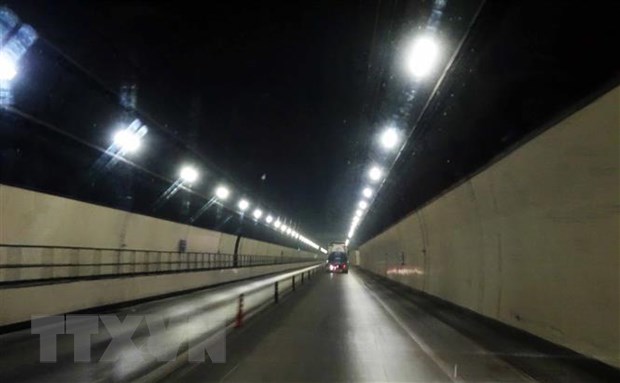

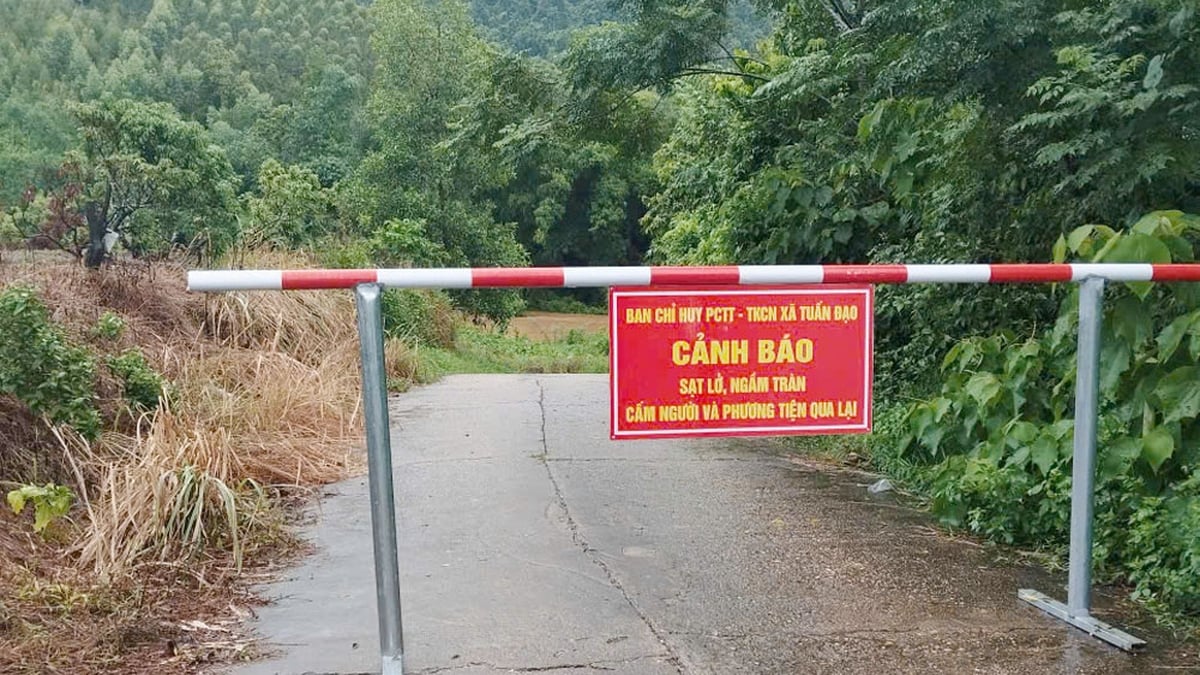




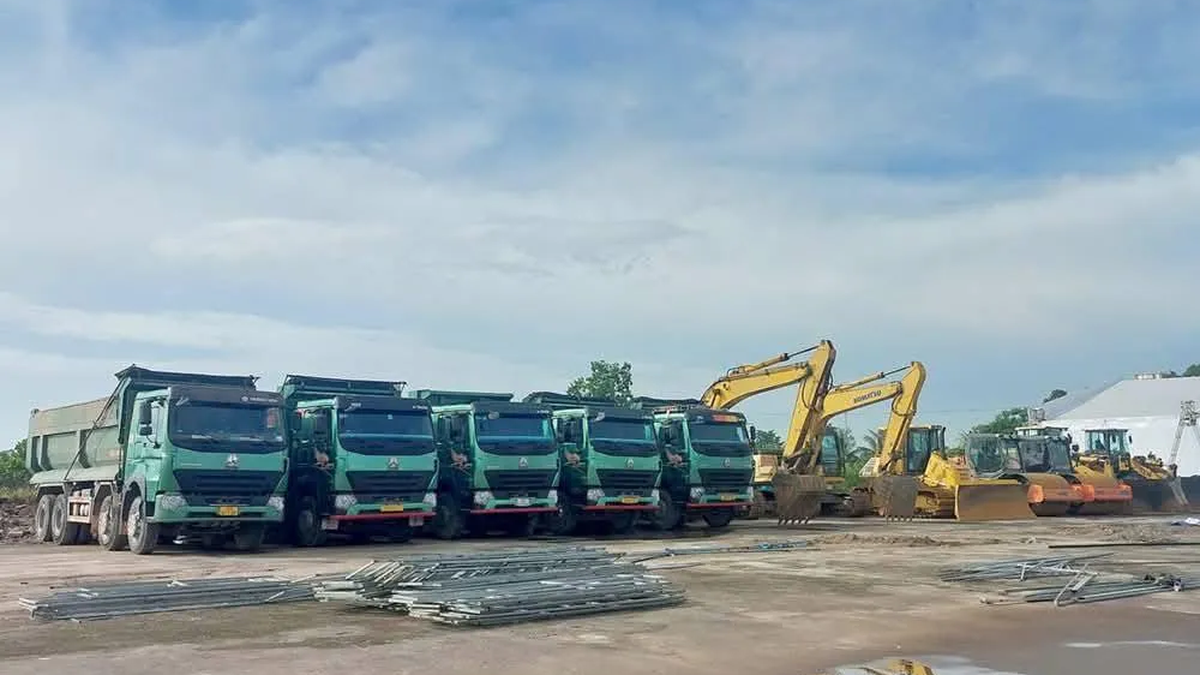


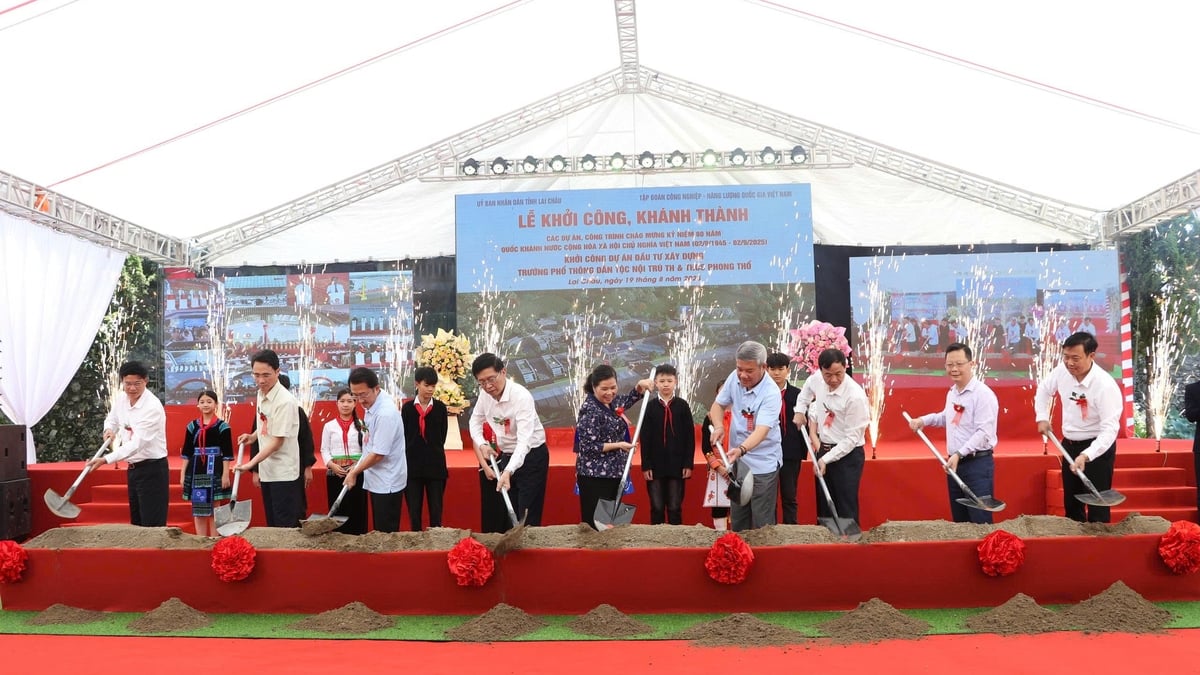











![[Photo] General Secretary To Lam and President Luong Cuong attend the handover ceremony of the Presidential Office Headquarters](https://vphoto.vietnam.vn/thumb/1200x675/vietnam/resource/IMAGE/2025/8/19/a37cfcbd301e491990dec9b99eda1c99)

![[Photo] Close-up of the first International Financial Center building in Ho Chi Minh City](https://vphoto.vietnam.vn/thumb/1200x675/vietnam/resource/IMAGE/2025/8/19/3f06082e1b534742a13b7029b76c69b6)
![[Photo] President Luong Cuong holds talks with King Jigme Khesar Namgyel Wangchuck of Bhutan](https://vphoto.vietnam.vn/thumb/1200x675/vietnam/resource/IMAGE/2025/8/19/c30721857ff84d7cbd498ddaee712ad3)
![[Photo] General Secretary To Lam attends the inauguration and groundbreaking ceremony of 250 projects to celebrate National Day](https://vphoto.vietnam.vn/thumb/1200x675/vietnam/resource/IMAGE/2025/8/19/3aa7478438a8470e9c63f4951a16248b)

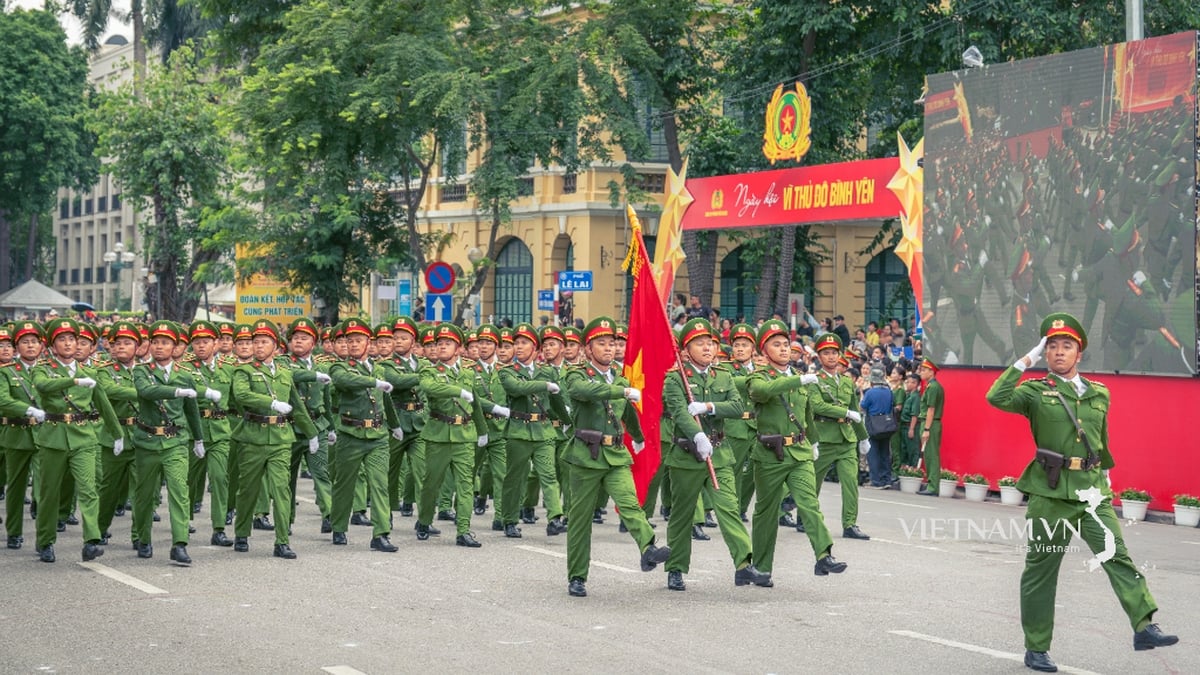
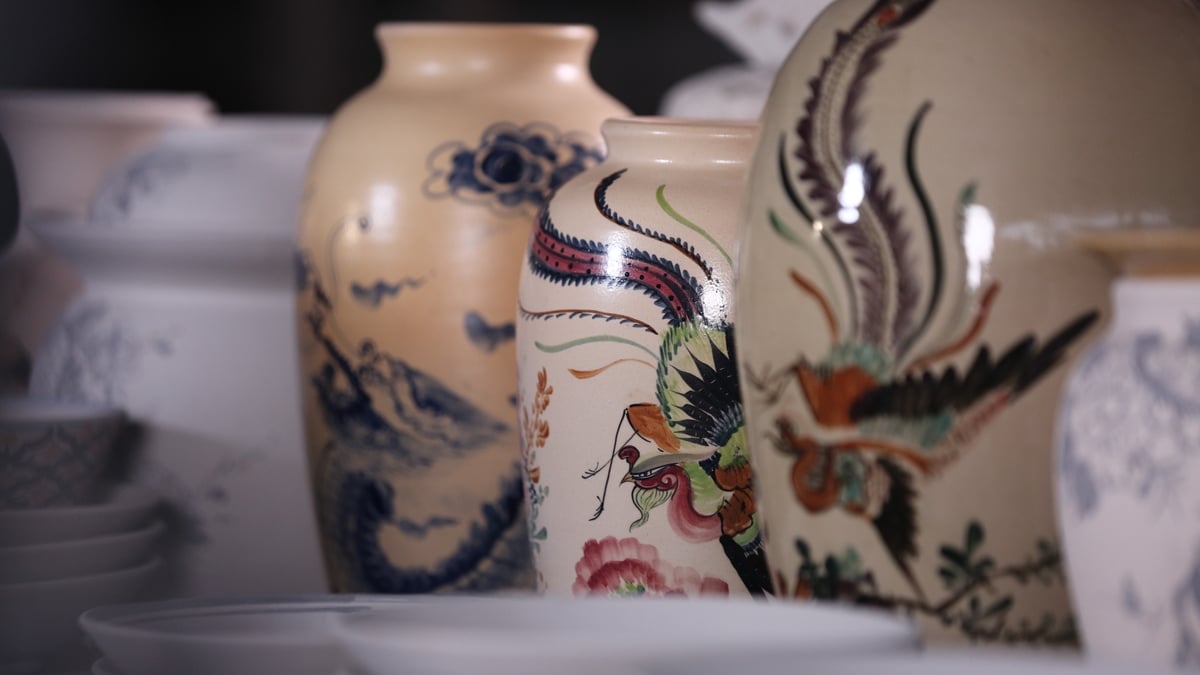

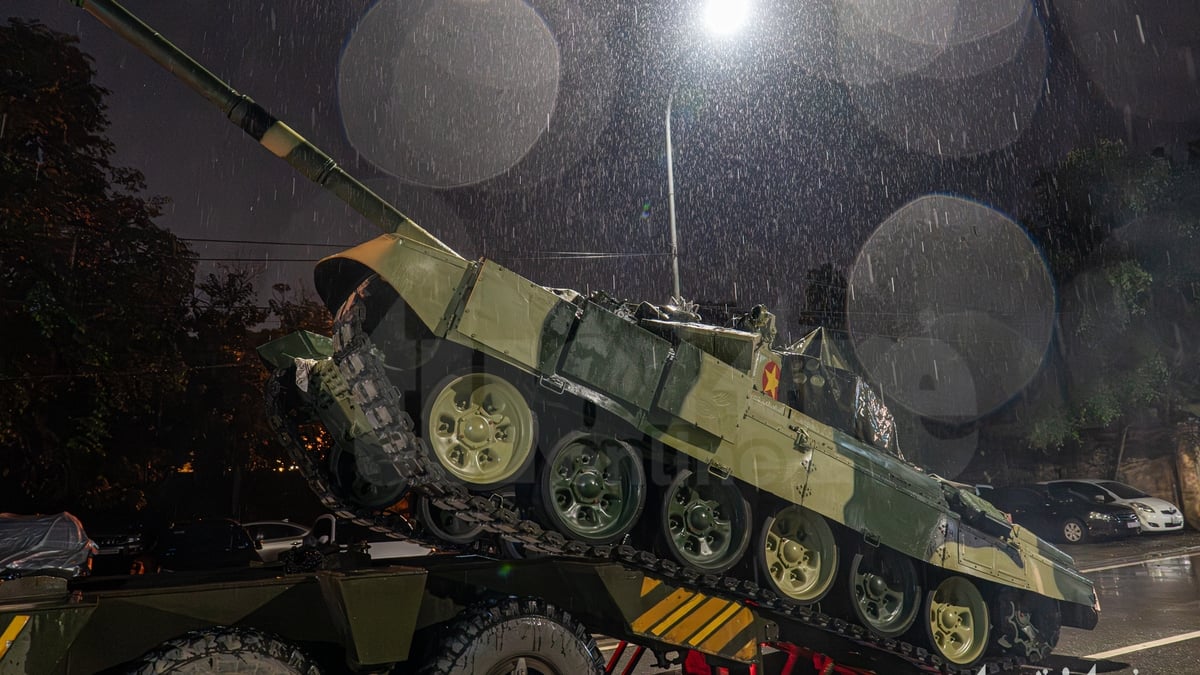
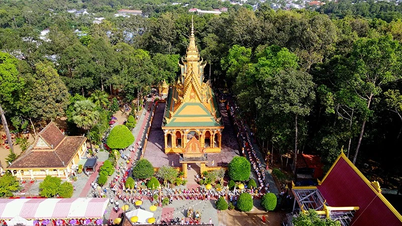

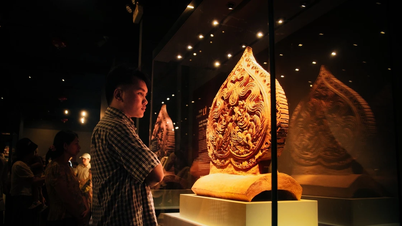



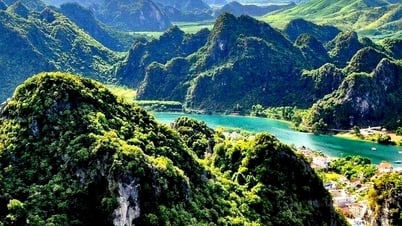

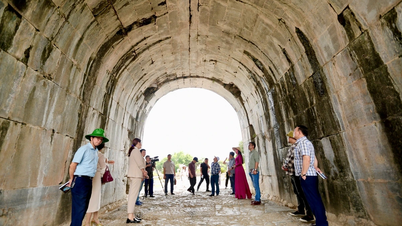






















































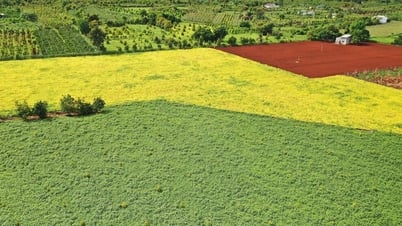






Comment (0)